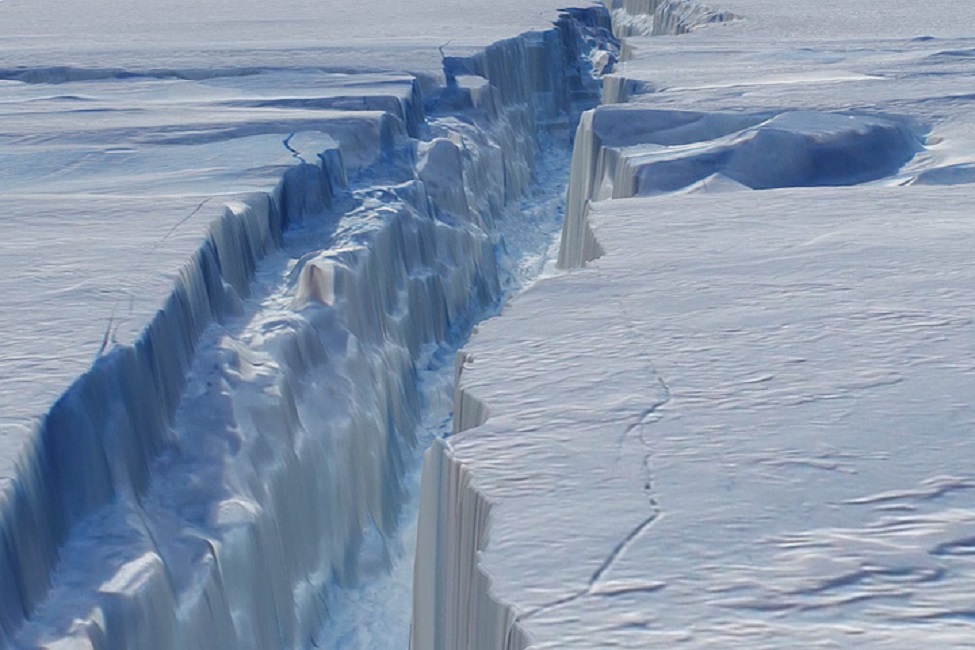Courtesy of UNF Prof. Al Tilley, the latest summary of global warming science:
1. An area of Canadian permafrost as large as Alabama is thawing. Other areas of the Arctic are reported to be destabilizing. Habitats, both land and marine, will be disrupted, and as the permafrost rots it will release atmospheric carbon in amounts yet to be predicted. https://insideclimatenews.org/news/27022017/global-warming-permafrost-study-melt-canada-siberia Vice News supplies further details. https://news.vice.com/story/canadas-permafrost-is-collapsing-thanks-to-climate-change
2. Kevin Schaefer explains permafrost and clathrates, an associated source of methane release in the Arctic. https://nsidc.org/cryosphere/frozenground/methane.html The extreme possibility for melting Arctic permafrost is that methane will be released in such quantities that it will set up a self-reinforcing cycle, feeding further carbon releases with its own heating potential. This is an example of a point of Dangerous Anthropic Interference which emissions control agreements are devised to avoid. The general scientific wisdom recently has been that such a runaway positive feedback from Arctic permafrost is unlikely, at least in this century, and that the net result will be an intensification of heating, bad enough in itself. https://thinkprogress.org/why-this-new-study-on-arctic-permafrost-is-so-scary-d0b00d0b344e#.gm3bc4ys1 Historical studies tend to support the position that runaway warming is unlikely, but the historical analogies may not hold for present conditions. https://www.theguardian.com/environment/earth-insight/2013/aug/05/7-facts-need-to-know-arctic-methane-time-bomb
3. Some scientists, such as Michael Mann, question the utility of speaking in terms of Dangerous Anthropogenic Interference and tipping points. Dangerous to whom? http://www.pnas.org/content/106/11/4065.full Is it true or useful to speak as if there were some point beyond which we cannot act? I know that several list members are knowledgeable about such issues. Comments are welcome.
4. Spring is coming to the northern hemisphere around three weeks sooner than it did a decade ago, and coming earliest to the Arctic, which has seen the greatest increase in heat. https://www.theguardian.com/environment/2017/mar/01/northern-hemisphere-sees-in-early-spring-due-global-warming
5. Under Scott Pruitt the EPA will no longer require fossil fuel companies to report methane emissions. https://www.washingtonpost.com/news/energy-environment/wp/2017/03/02/epa-halts-inquiry-into-oil-and-gas-industry-emissions-of-methane-a-powerful-greenhouse-gas/?utm_source=rss_energy-environment&utm_term=.3b7bc1abeab2


No comments:
Post a Comment